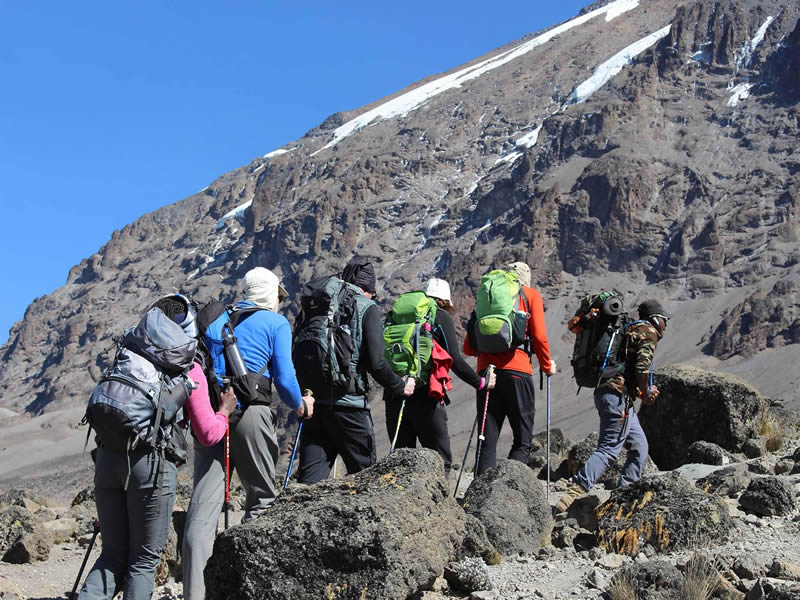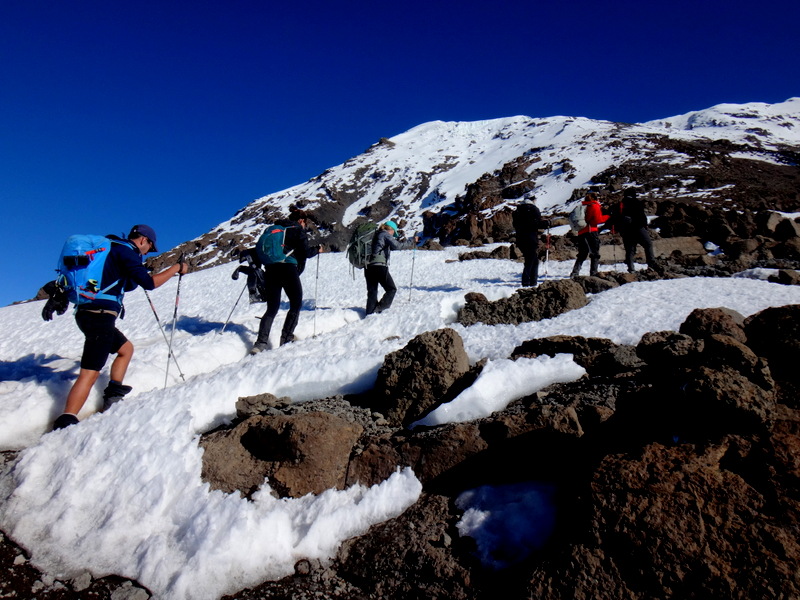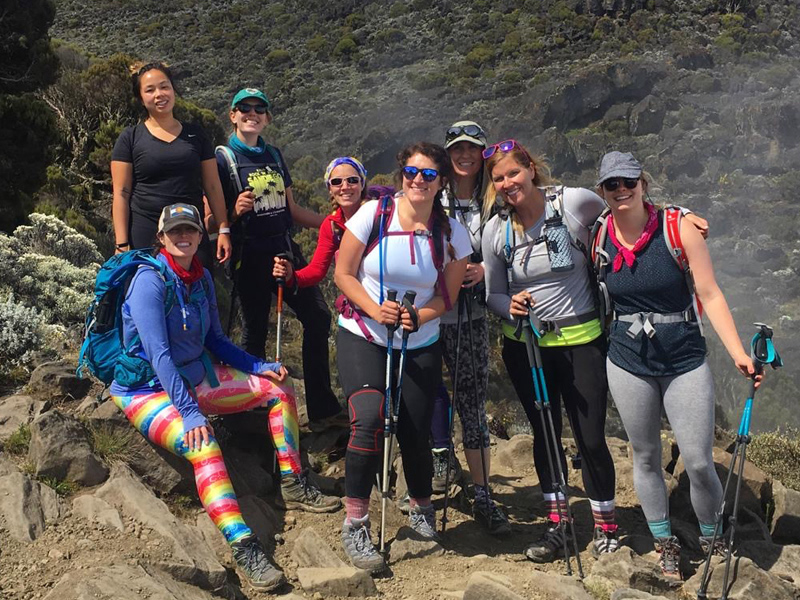At around 50, 000sq km Selous is Africa's largest game reserve, a wilderness area bigger than Denmark or Switzerland. The reserve covers more than 5% of Tanzania's total land area, and is three times larger than Serengeti. Although slightly off the beaten track of the more well-worn safari circuits, a visit to Selous offers unforgettable game viewing in almost completely isolated surroundings.
The park supports enormous numbers of wild animals: 200,000 buffalos, 30,000 elephants, (more than half the country's population) and 80,000 wildebeests as well as one of the healthiest populations of the endangered African Wild Dog. A successful project is underway to nurture the reserve's population of black rhino back to health following their depletion by poachers in the 1970s and 80s, and sightings are now possible in the tourist area.
A part of the Reserve's modern-day area was set aside as a game conservancy as far back as 1905, an area which was expanded and named (after Frederick Courtenay Selous, a 19th century hunter and soldier) in the 1920s. Repeated sleeping sickness epidemics during the 1930s and 1940s meant that area's human inhabitants moved out, leaving the Selous to the animals.
Today, sleeping sickness is the thing of the distant past, but the Selous is still an uninhabited, untamed slice of 'Old Africa'; in 1982, the Reserve's unique ecosystem was recognized internationally and the area is designated a World Heritage Site by the United Nations.
The greater part of the northern sector of the Selous is earmarked of photographic tourism, and it is one of the beautiful and game-rich areas in the whole ecosystem. Three-quarters of the reserves is woodland of various types, short grassy plains, and seasonally flooded pans. Impressive riverine forests and dense impenetrable thickets are important habitats within the Selous. The wide, meandering Rufiji River is one of the largest water lake and swamps; it is one of the most outstanding ecological systems in the whole East Africa.
Walking and boat safaris, as well as traditional game drives, are on offer to visitors to the Selous's small and remote camps and lodges, with little chance of bumping into any sign of human life, fly camping, or mobile walking safaris, are becoming popular option for intrepid visitors intent on seeing the best of Africa on foot, unhampered by the closed-in atmosphere of a safari van. During a game drive or walk one might be lucky enough to see a park of African Wild Dogs, disappearing throughout Africa but thriving in the Selous.
These complex and fascinating mammals show very little fear of vehicles, and it is often possible to observe their intense social life from close proximity. In the tourist area the density of Wild Dogs is higher than anywhere else in Africa. Although the Selous is the best known for its spectacular large mammals, it's equally celebrated for its abundant and varied birds.
The most conspicuous bird life is to be found around the constantly changing pattern of sandbanks, oxbow lakes, lagoons and channels along the Rufiji River. The river scenery is made all the more spectacular by the groves of Borassus palms, an indigenous species with tall fronds that sway majestically in the African breeze. Ancient baobabs, a tree held sacred by many tribal groups, stand majestically against the far reaching horizon. Their dead, hollow, leafless trunks provide vantage points for fish Eagles and nest sites for Egyptian geese and Dickinson's kestrels.




